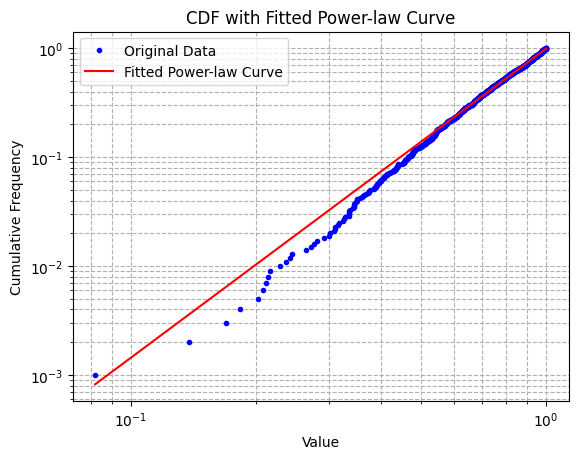42 Free University Books (PDF/HTML)
💡 About this free book collection. Below are some of the highest-quality university textbooks that you can legally read and download for free. Each entry lists the title (in bold), the author(s) in italics, and the available formats with notes on whether a sign-up is required. Links point directly to the free books – I … Read more






